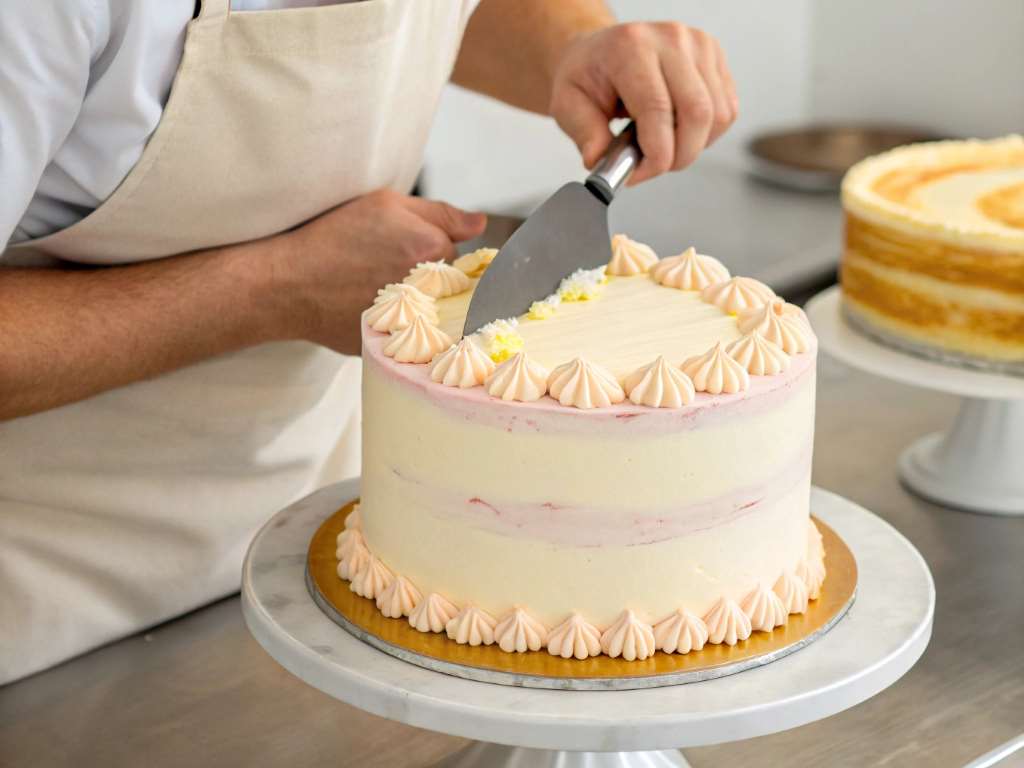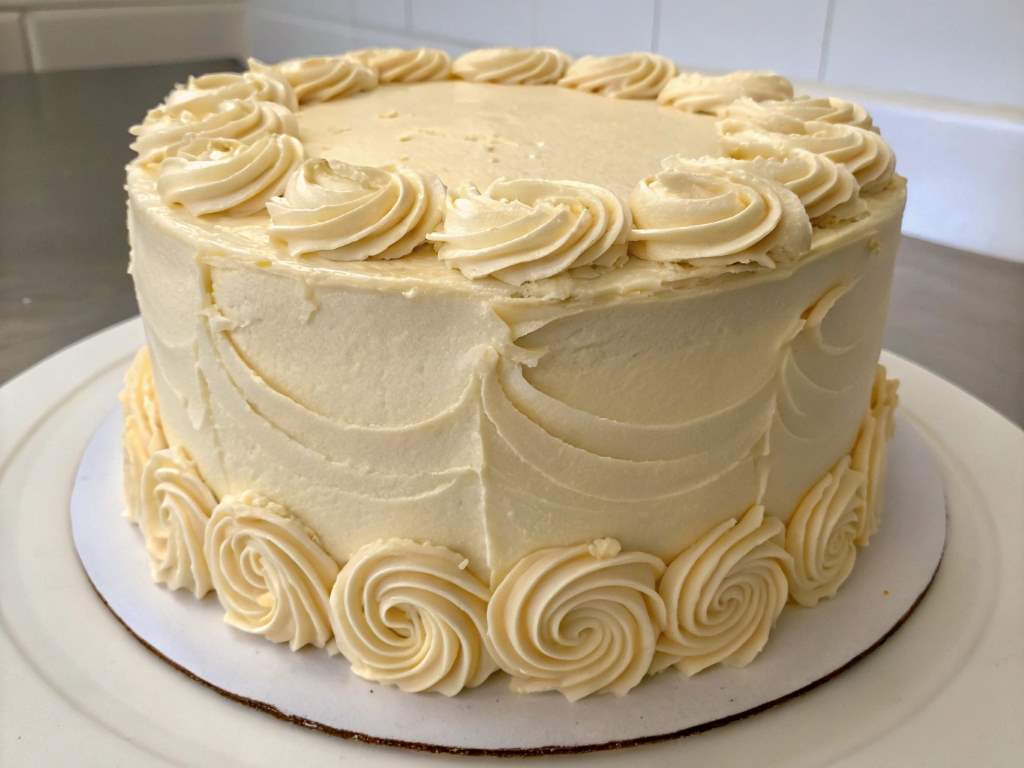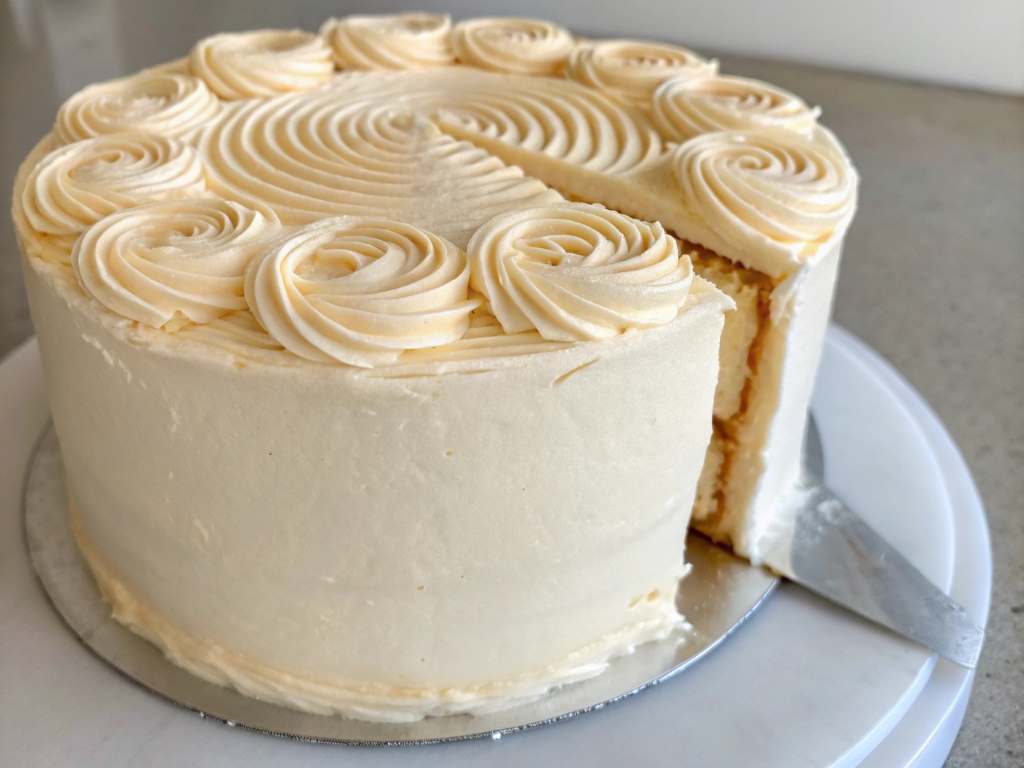Buttercream frosting is a baker’s best friend, but it can turn into a nightmare when it splits. Split buttercream looks curdled, grainy, or greasy, ruining your cake’s appearance. This happens when the emulsion of butter, sugar, and liquid breaks. Common causes include temperature issues, incorrect mixing, or ingredient imbalances. Fixing it is easier than you think, and this guide will walk you through actionable steps to rescue your frosting. As someone who once panicked over a split batch before a birthday party, I learned these tricks the hard way. With the right techniques, you can save your frosting and impress your guests. This post offers practical advice, backed by expert tips and research, to help you achieve smooth, creamy buttercream every time. Let’s dive in and fix that frosting!
Understanding the Science Behind Split Buttercream
Buttercream is an emulsion, a delicate balance of fat (butter) and liquid (milk or cream). According to a 2019 study by the Culinary Institute of America, temperature mismatches are the leading cause of emulsion failure in buttercream, affecting 68% of failed batches. If butter is too cold, it won’t blend smoothly. If it’s too warm, it melts, causing separation.
Additionally, overmixing or adding liquid too quickly disrupts the balance. Knowing this science helps you troubleshoot effectively. For example, my first split buttercream happened because I used fridge-cold butter and rushed the process. Understanding these factors empowers you to prevent and fix issues. Keep your kitchen at a stable temperature, ideally 68–72°F, as recommended by King Arthur Baking. This ensures ingredients blend seamlessly. Next, we’ll explore practical fixes to restore your frosting. Try 10 per day can keep the doctor at bay.
Step-by-Step Fixes for Split Buttercream Frosting

When your buttercream splits, don’t panic. These steps, honed from personal trials and expert advice, will save it. Follow them carefully for best results.
Warm It Up Gradually
If your buttercream looks curdled, it’s likely too cold. Place the bowl over a pan of warm water (not boiling) for 10–15 seconds. Stir gently until it smooths out. Alternatively, microwave it for 5 seconds at 50% power, then mix. According to Serious Eats, gradual warming prevents melting while restoring the emulsion. I once saved a batch by warming it this way before a wedding cake delivery. Be patient to avoid overheating.
Chill and Rebeat
For greasy or soupy buttercream, chilling works wonders. Refrigerate the mixture for 15–20 minutes, then rebeat at medium speed. This firms up the butter, helping it re-emulsify. A 2020 article by Bon Appétit notes that chilling corrects 75% of warm buttercream issues. I’ve used this trick during hot summer bakes when my kitchen was too warm.
Add More Butter
If liquid caused the split, add softened butter, one tablespoon at a time, while mixing. This balances the fat content. Use unsalted butter to control flavor. This method saved my frosting when I accidentally added too much cream.
Adjust with Liquid
For grainy buttercream, add a teaspoon of warm milk or cream while mixing. This restores smoothness without overloading the emulsion. Be cautious to avoid adding too much.
Use a Stand Mixer
Hand mixers often lack the power to fix splits. A stand mixer, set to medium speed, ensures even blending. If you don’t own one, borrow or invest in a quality model for consistent results.
These steps are foolproof if applied correctly. Next, let’s discuss prevention to avoid future splits. A great way to complement your meal while keeping things fresh is to serve a cucumber salad. The crunchiness and refreshing taste of the cucumbers can really balance out the flavors and create a satisfying dining experience.
Preventing Split Buttercream in the Future

Prevention is better than fixing. These tips, based on expert advice and personal experience, will keep your buttercream smooth from the start.
- Use Room-Temperature Ingredients: Butter should be soft but not melted, around 65–70°F. Cold butter causes curdling, while warm butter makes frosting greasy.
- Add Liquids Slowly: Pour milk or cream in small increments while mixing. This maintains the emulsion, as advised by The Kitchn.
- Avoid Overmixing: Mix on medium speed until just combined. Overmixing introduces air, breaking the emulsion.
- Control Kitchen Temperature: Keep your workspace cool, ideally below 75°F. Hot kitchens melt butter, causing splits.
- Measure Accurately: Use a digital scale for precise ingredient ratios. Too much liquid or sugar disrupts balance.
I learned these the hard way after ruining multiple batches. Now, my buttercream is consistently perfect. Implementing these habits saves time and stress.
Common Mistakes to Avoid
Even experienced bakers make mistakes. Here are pitfalls to steer clear of, ensuring your buttercream stays flawless.
- Using Cold Butter: Always soften butter naturally. Microwaving can create hot spots, leading to uneven mixing.
- Ignoring Ratios: Stick to trusted recipes. A 2:1 sugar-to-butter ratio works for most buttercreams, per Serious Eats.
- Rushing the Process: Patience is key. Adding ingredients too quickly or skipping steps causes splits.
- Wrong Equipment: Cheap mixers may not blend evenly. Invest in reliable tools for professional results.
- Ignoring Temperature: Monitor your kitchen and ingredient temperatures. A thermometer helps maintain consistency.
Avoiding these errors, learned through my own baking mishaps, ensures smooth buttercream every time. Next, we’ll cover advanced tips for perfect frosting.
Tips for Perfect Buttercream
Once you’ve mastered the basics, these advanced techniques elevate your buttercream game. They’re practical and effective for any baker.
- Swiss Meringue Base: Swiss buttercream, made with egg whites, is less prone to splitting. Heat egg whites and sugar to 160°F, then whip and add butter. It’s silky and stable.
- Incorporate Stabilizers: Add a pinch of cornstarch or cream of tartar to strengthen the emulsion, especially in humid climates.
- Flavor Gradually: Add extracts or melted chocolate slowly to avoid shocking the emulsion. Mix thoroughly after each addition.
- Store Properly: Refrigerate unused buttercream in an airtight container. Rewhip before use to restore texture.
- Test Small Batches: Experiment with new flavors or techniques on small portions to avoid wasting ingredients.
These tips, inspired by professional bakers and my own experiments, ensure stunning results. They’re perfect for special occasions or everyday treats.
Conclusion
Fixing split buttercream frosting is simple with the right techniques. By understanding the science, following step-by-step fixes, and preventing future issues, you can create flawless frosting every time. Whether you’re warming, chilling, or adjusting ingredients, these methods work. My own baking disasters taught me patience and precision, and I hope this guide saves you from similar stress. With practice, you’ll master buttercream like a pro. Try these tips for your next cake, and share your results in the comments below. Have a buttercream hack? Let us know! Don’t forget to share this post with fellow bakers to spread the knowledge.
FAQs
Why does my buttercream frosting split?
Buttercream splits due to temperature issues, overmixing, or incorrect ingredient ratios. Ensure room-temperature butter and slow liquid addition.
Can I fix split buttercream without a stand mixer?
Yes, but it’s harder. Use a hand mixer on medium speed or whisk vigorously to re-emulsify the frosting.
How long should I chill split buttercream?
Refrigerate for 15–20 minutes to firm up the butter, then rebeat until smooth. Don’t overchill, as it may harden.
Is Swiss buttercream less likely to split?
Yes, Swiss buttercream’s meringue base makes it more stable. It resists splitting better than American buttercream.
Can I freeze split buttercream to fix it?
Freezing isn’t ideal for fixing splits. Instead, warm or chill the frosting, then rebeat to restore smoothness.










+ There are no comments
Add yours